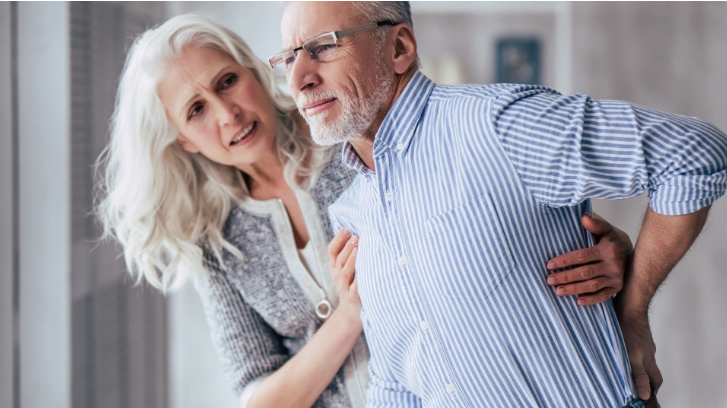These 5 Exercise Habits Can Damage Your Body as You Age.
Others are reading now
As we age, the importance of exercise in maintaining health is universally acknowledged. However, certain crucial forms of exercise, which contribute to extending our lifespan and enhancing our overall health, are often overlooked.
Jens Asbjoern Boegen, a Danish personal trainer and fitness instructor with years of experience, has observed repeated mistakes among the elderly at the gym, resulting in discomfort and lack of results.
“Wanting to take better care of oneself as one ages is understandable. Of course, one must consider that they can’t do the same things as in their 20s, but there are still fundamental principles that should be incorporated into one’s exercise routine,” the personal trainer explains to Dagens.com.
Also read
According to various studies, well-structured exercise programs, especially weight training, can reduce symptoms of aging, including muscle mass loss, decreased bone density, impaired balance, increased risk of falls, and reduced mobility.
So, what should you avoid? Jens Asbjoern highlights five key points:
-
Do Not Neglect Strength Training
If the free weights section seems intimidating, you’re not alone. However, weight training is crucial for combating aging symptoms.
“Muscle mass diminishes with age, so it’s essential to maintain it. If free weights seem daunting, machines are a good alternative. Although they don’t activate all the small stabilizing muscles, they are nearly foolproof since the movement is already determined for you,” explains Jens Asbjoern.
-
Don’t Forget to Stretch
Flexibility is key to preventing injuries and maintaining joint function. Yoga is an effective method for both stretching exercises and muscle strengthening.
“The discussion about stretching is widespread in the fitness world, but as our goal with age is to maintain mobility and flexibility, it’s a sensible decision to allocate time to stretch the body,” advises Jens Asbjoern.
-
Avoid Over-Focusing on Isolated Muscle Groups
If you’re engaged in weightlifting, there’s a risk of overlooking variety in exercises. It’s not sufficient to train only the biceps; integrate exercises like deadlifts and squats that engage multiple muscle groups simultaneously.
“Many young people make the same mistake. Fundamentally, you should prioritize exercises that involve at least two joints, such as shoulders and elbows or knees and hips,” explains Jens Asbjoern.
-
Don’t Just Walk on Flat Surfaces
Walking is beneficial, but if you limit yourself to the pavement, you miss out on many advantages. Explore sand, rocks, and other uneven terrains to strengthen balance, ankles, and joints.
“If you’re unsure about walking in nature due to reduced balance, it might be wise to start on a treadmill with an incline. It simulates the terrain and makes a significant difference for both heart rate and training of the lower body,” recommends Jens Asbjoern.
-
Don’t Neglect Exercise Altogether
Ignoring exercise completely is the worst thing you can do. Even if you can’t follow all the recommendations, you should continue to exercise within your capabilities.
“I have trained seniors who had never before visited a gym, and it was a significant change for them. But if you can bring yourself to do it, your body will thank you. Look for gyms near your residence to ease your way there, and also check if the center offers special classes for seniors,” concludes Jens Asbjoern Boegen.


